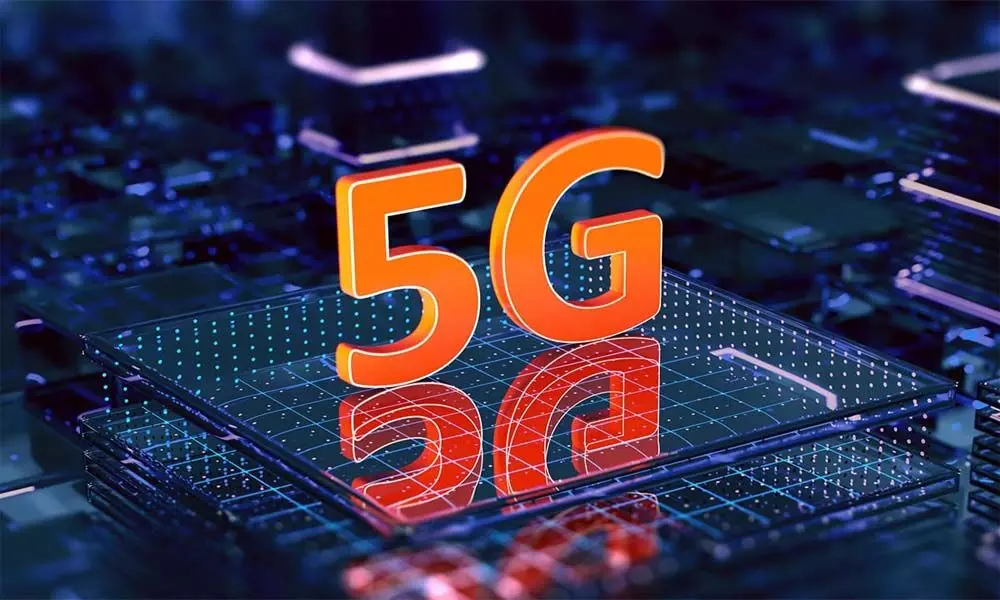DoT amends RoW rules defining framework for laying aerial OFC to facilitate 5G
image for illustrative purpose

New Delhi, Oct 22 Department of Telecommunication (DoT), has by way of gazette notification, amended Indian Telegraph RoW Rules November, 2016 to prescribe various terms and conditions for laying overhead Optical Fiber Cable (OFC).
Optical Fiber is a fundamental and structural part of both mobile and fixed broadband networks. Faster rollout of fibre is important for backhauling a large amount of data at high throughput, improving reliability, and reducing latency.
To achieve the objective of universal broadband connectivity at 50 Mbps to every citizen, fiberisation of telecommunication networks is essential.
These DoT RoW Rules earlier covered only underground OFC and mobile towers and with this amendment in place now, desired clarity for laying overhead OFC is also available which will go a long way in creating necessary infrastructure to cater to forthcoming 5G rollouts in the country.
The amendment further prescribes a one-time compensation of Rs 1,000 per Km for laying aerial OFC which will bring further uniformity in charging of fee/ levy by local authorities for grant of permissions for this critical infrastructure.
Welcoming the amendment by the DoT, T. R. Dua, Director General, Digital Infrastructure Providers Association (DIPA) said, "We are thankful to the Minister of Communications for initiating the desired reforms for the Telecom Infrastructure sector also. We are sure this is just the beginning and this amendment will pave the way for other major reforms in line, encouraging investments and faster deployment of critical broadband infrastructure in the country enabling rollout of 5G and various new technologies.
"We at DIPA are also working with other sectors such as the Ministry of Power at Centre and State level for laying aerial OFC over existing electric poles."
The DIPA as an apex representative body of telecom infrastructure providers in India, promotes the concept of "Infrastructure Sharing" and is actively involved with various Central as well as State Governments for cross-sector infrastructure sharing to reap the full potential of infrastructure existing in the country.

